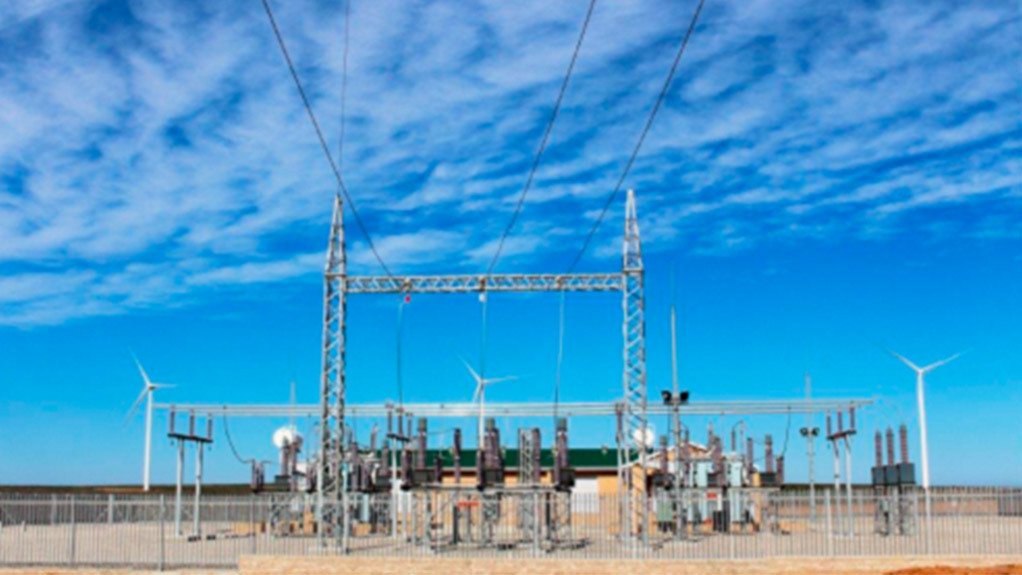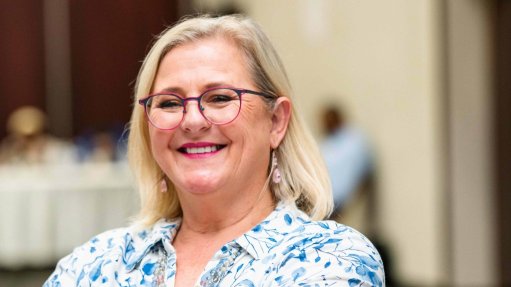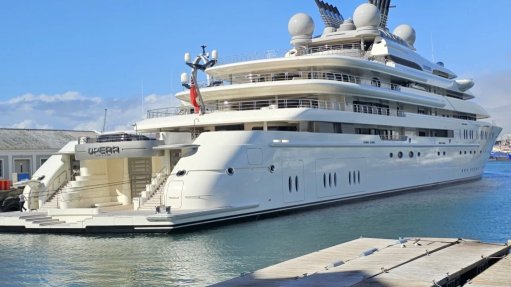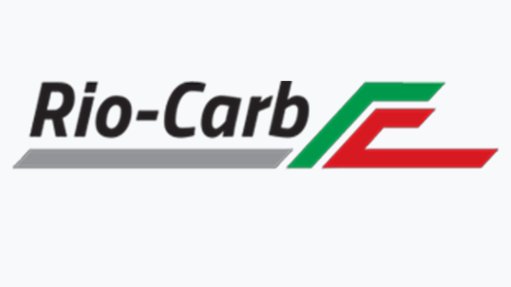Renewables hosting capacity of existing Western Cape grid could be doubled with 10% curtailment
An assessment by two leading European transmission system operators (TSOs) of an Eskom-generated grid analysis shows that the capacity of the existing Western Cape grid to host variable renewable generators could be doubled under a scenario where no more than 10% curtailment is implemented.
Curtailment involves the active reduction of output from wind and solar plants in response to system security needs or temporary transmission capacity constraints and is widely used by system operators to facilitate the introduction of renewable generators in a context of grid constraints.
The assessment of the potential for curtailment to unlock capacity on the Eskom grid ahead of the deployment of new physical assets in line with the State-owned utility’s Transmission Development Plan has been undertaken by the Elia Group.
Comprising two leading TSOs in the form of 50Hertz of Germany and Elia of Belgium, and which also offers consultancy and engineering services, the Elia Group validated studies developed internally by Eskom to calculate the economic value of curtailment relative to grid strengthening.
The analysis indicated that curtailment of up to 10% offers more economic value than new investments, primarily where wind technology is the source of the variable renewable electricity. It also shows the solar typically pairs better with batteries than curtailment, owing to the fact that, unlike wind, all solar plants are generally producing at the same time.
Presenting its findings to South Africa’s Presidential Climate Commission, Elia Grid International’s Georgios Papaefthymiou reported that about 4 GW of additional renewables capacity could be connected to the Western Cape grid “almost immediately” and that more than 90% of the electricity that these plants would produce could be safely integrated into the grid.
He also argued that the Eskom system operator, which was dealing with significant daily variability mostly from its unreliable coal fleet but also from utility and rooftop renewables generators, was well equipped to immediately implement a curtailment framework involving congestion management and redispatching.
The assessment comes as South Africa is seeking ways to address the mismatch between the relatively rapid pace at which new renewables generators can be built and the far longer time it takes to add new transmission infrastructure.
The issue came to the fore during South Africa sixth renewables bidding round when none of the wind projects vying for an allocation of 3 200 MW, many of which were proposed for development in the Western Cape, could be selected as preferred bidders based on Eskom’s assessment that the grid capacity had been absorbed.
The development immediately sparked debate about the possible benefits of implementing a curtailment framework given the cost of not introducing much-needed generation at a time when South Africa was experiencing extreme levels of loadshedding.
While limited curtailment is already being implemented, Papaefthymiou believes an updated framework will not only enable the immediate deployment of “several gigawatts of renewable energy even in grid constrained areas”, but could be implemented soon.
In addition, he argued that the economic case is strong, as every kilowatt-hour produced by new renewable plants will not only reduce loadshedding, but also displace far more expensive electricity, such as that being produced by open-cycle gas turbines.
“Even if the effective cost of the renewables plant rises by roughly 10% due to deemed energy during periods of curtailment, their cost will be something like 5 to 50 times cheaper than the alternative marginal generation source, being diesel, and the cost of unserved energy,” he explained.
Papaefthymiou also stressed that curtailment was international best practice in grid planning and operations and had proved to be a highly effective way of ensuring stable grid operation in a context of rising renewable penetration rates.
While the costs were initially emphasised, many regulators now see curtailment as the least-cost outcome for society as it allows operators to make optimal use of existing power grids and inject renewable electricity that is now the cheapest form of new generation in most countries, including South Africa.
Implementing a new framework domestically would require, Papaefthymiou said, some adaptation of contractual arrangements with independent power producers (IPPs) and the endorsement of a remuneration mechanism through the National Energy Regulator of South Africa.
However, he argued that South Africa should not fear curtailment, which had been a standard operational procedure in many territories for more than a decade.
Both Eskom and the IPP Office have confirmed that they are assessing a new approach to curtailment to allow for additional generation capacity to be built at points on the grid that had previously been shown as fully committed.
The framework is expected to be released ahead of the next public procurement round and is likely to be unveiled within a short period after the publication of an updated Generation Connection Capacity Assessment (GCCA), which will outline what grid capacity remains available for use and where.
The new GCCA, which is undergoing internal Eskom governance processes, is expected to be released in the coming weeks.
Article Enquiry
Email Article
Save Article
Feedback
To advertise email advertising@creamermedia.co.za or click here
Comments
Research Reports
Projects
Latest Multimedia
Latest News
Showroom
Rio Carb is an OEM (Original Equipment Manufacturer) of R-C700 Chromium Carbide (CrC) alloy clad wear plates and pipes used for heavy materials...
VISIT SHOWROOMJohn Thompson, the leader in energy and environmental solutions through value engineering and innovation, provides the following: design, engineer,...
VISIT SHOWROOMPress Office
Announcements
What's On
Subscribe to improve your user experience...
Option 1 (equivalent of R125 a month):
Receive a weekly copy of Creamer Media's Engineering News & Mining Weekly magazine
(print copy for those in South Africa and e-magazine for those outside of South Africa)
Receive daily email newsletters
Access to full search results
Access archive of magazine back copies
Access to Projects in Progress
Access to ONE Research Report of your choice in PDF format
Option 2 (equivalent of R375 a month):
All benefits from Option 1
PLUS
Access to Creamer Media's Research Channel Africa for ALL Research Reports, in PDF format, on various industrial and mining sectors
including Electricity; Water; Energy Transition; Hydrogen; Roads, Rail and Ports; Coal; Gold; Platinum; Battery Metals; etc.
Already a subscriber?
Forgotten your password?
Receive weekly copy of Creamer Media's Engineering News & Mining Weekly magazine (print copy for those in South Africa and e-magazine for those outside of South Africa)
➕
Recieve daily email newsletters
➕
Access to full search results
➕
Access archive of magazine back copies
➕
Access to Projects in Progress
➕
Access to ONE Research Report of your choice in PDF format
RESEARCH CHANNEL AFRICA
R4500 (equivalent of R375 a month)
SUBSCRIBEAll benefits from Option 1
➕
Access to Creamer Media's Research Channel Africa for ALL Research Reports on various industrial and mining sectors, in PDF format, including on:
Electricity
➕
Water
➕
Energy Transition
➕
Hydrogen
➕
Roads, Rail and Ports
➕
Coal
➕
Gold
➕
Platinum
➕
Battery Metals
➕
etc.
Receive all benefits from Option 1 or Option 2 delivered to numerous people at your company
➕
Multiple User names and Passwords for simultaneous log-ins
➕
Intranet integration access to all in your organisation





















